On a hot summer day, much like the past few weeks we’ve been having in Los Angeles, few dishes can quench your appetite quite like ceviche. For those who may not know, ceviche is a Peruvian dish consisting of raw fish cured in an acidic juice, such as orange or lime, that is typically made with onion and chile peppers, as well as many other ingredients depending on where you go. Since SEATOPIA’s Halibut Poke is sushi-grade quality, it’s the perfect fish for your ceviche!
Ingredients
- 1/4 large red onion, coarsely chopped
- 2-4 garlic cloves, smashed
- 2 tablespoons fresh ginger, peeled and coarsely chopped
- 1/3 cup (plus extra for serving) fresh cilantro, coarsely chopped
- habaneros/jalapeños to taste; coarsely chopped without stem
- 1 tablespoon kosher salt
- 1/2 cup fresh squeezed orange juice, without pulp
- 1/2 cup fresh squeezed lime juice, without pulp
- 1 large firm heirloom tomato
- 1/2 large crisp cucumber
- Halibut Poke
Directions
- Finely chop onion, garlic, ginger, cilantro, habanero/jalapeño, salt.
- Once diced, pour into a bowl and cover with a towel for 1 hour in the refrigerator.
- After 1 hour, strain liquid with a fine-mesh strainer.
- Add fresh orange and lime juice. Mix thoroughly.
- Pat dry Halibut Poke to remove any excess moisture and chop into bite size cubes.
- Now, add the tomato, cucumber, and halibut poke to the liquid.
- You can either serve immediately (remember, all SEATOPIA fish is sushi-grade and can be eaten raw, which preserves more of the natural oils) or, if you’d rather have a more cooked texture, cover with a towel and put in the fridge for at around 4 hours and up to overnight before serving (the longer the time, the more cooked the fish).
- Serve cold with cilantro leaves sprinkled on top. Enjoy!


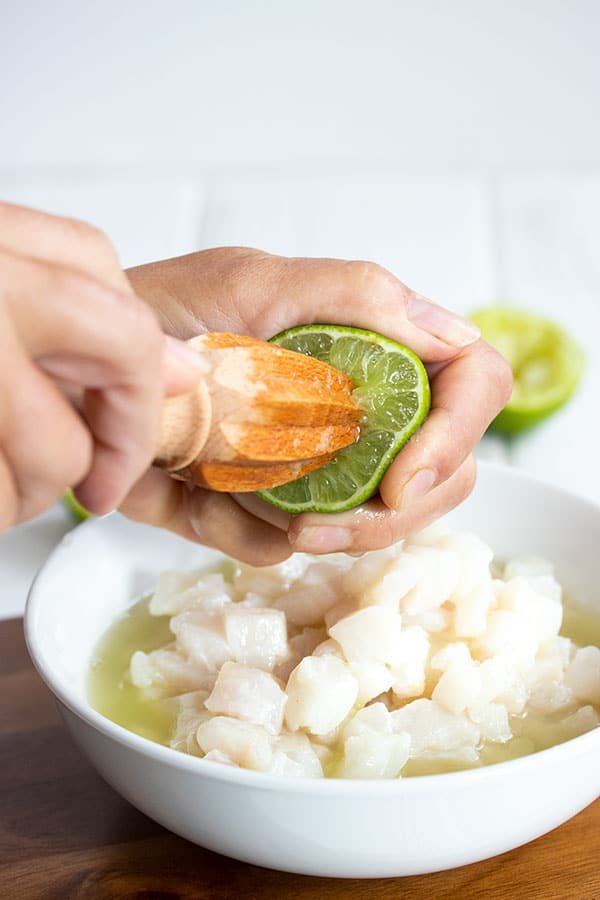
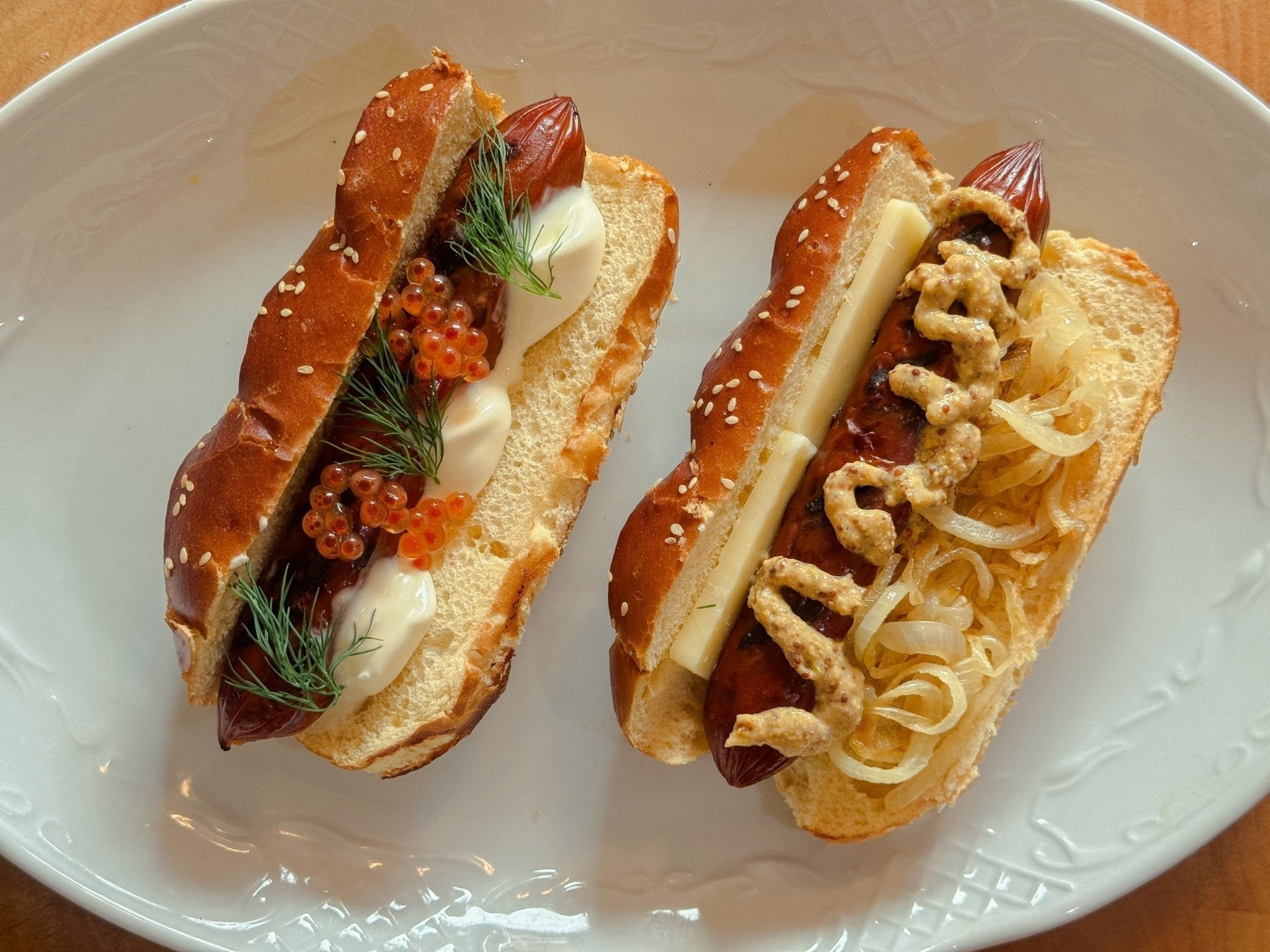

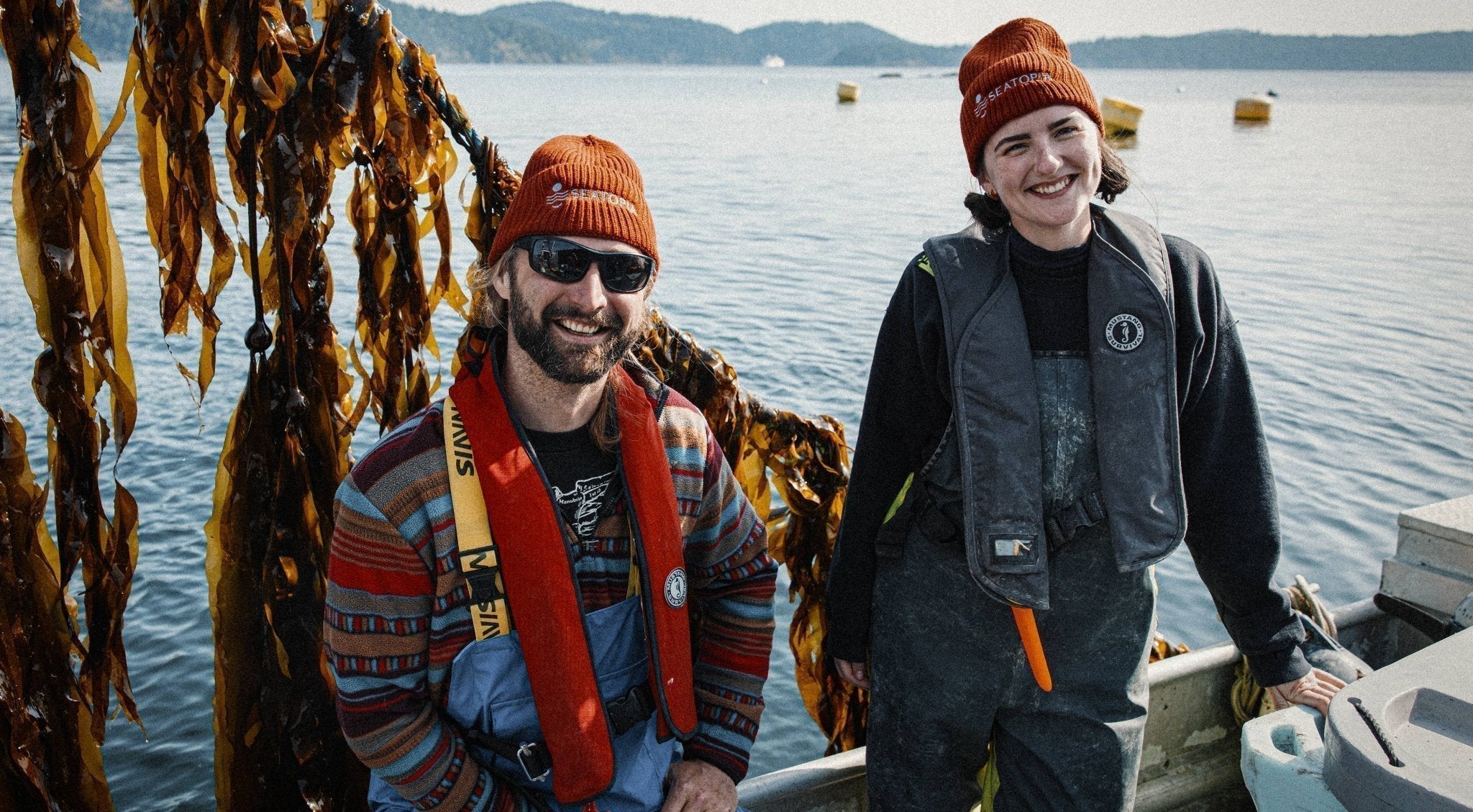
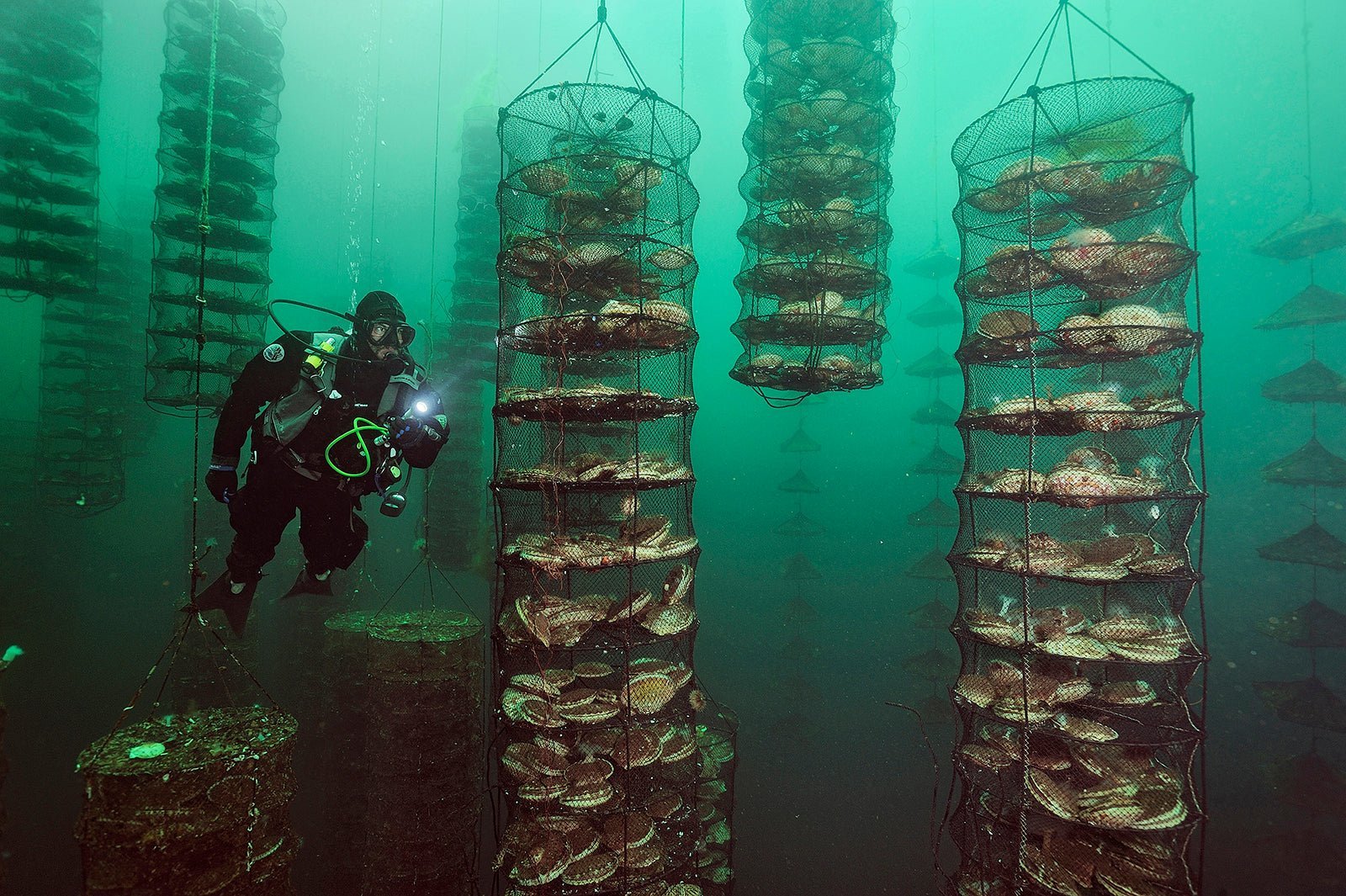
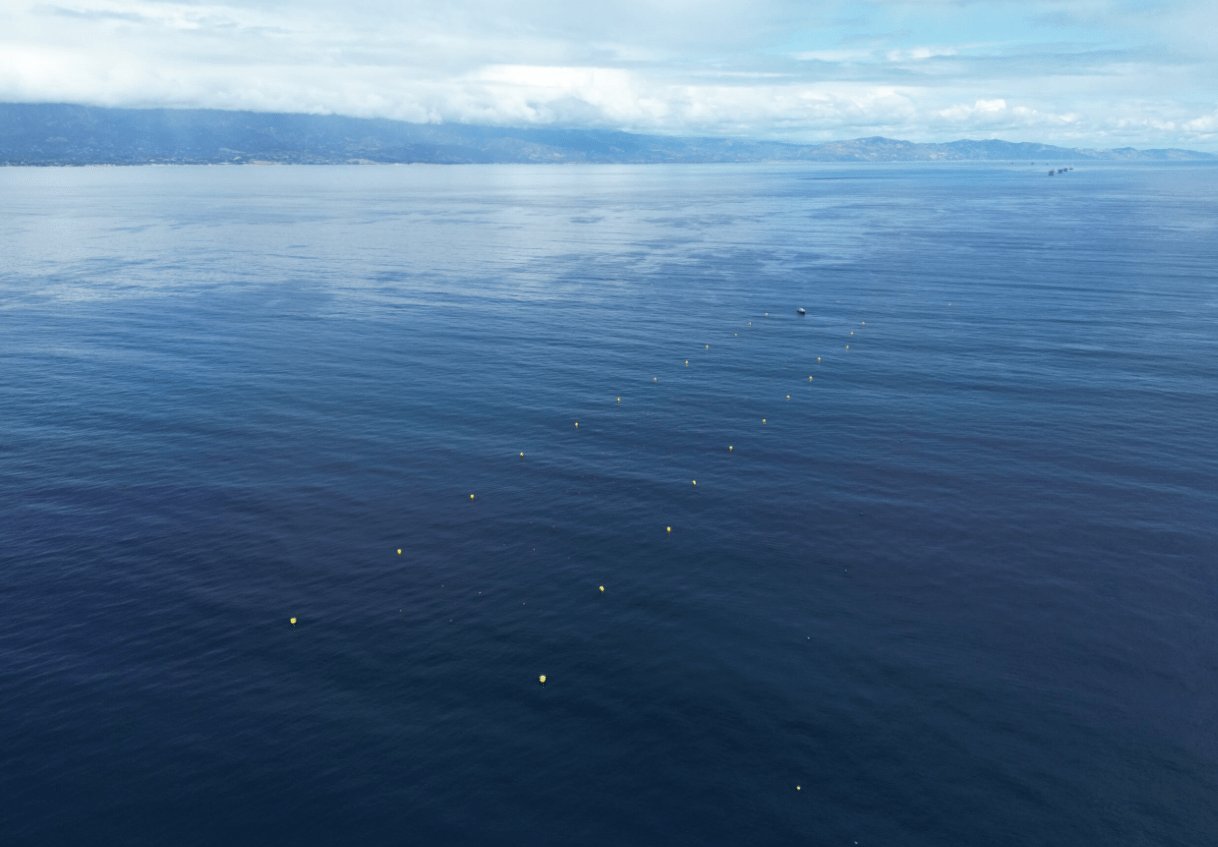
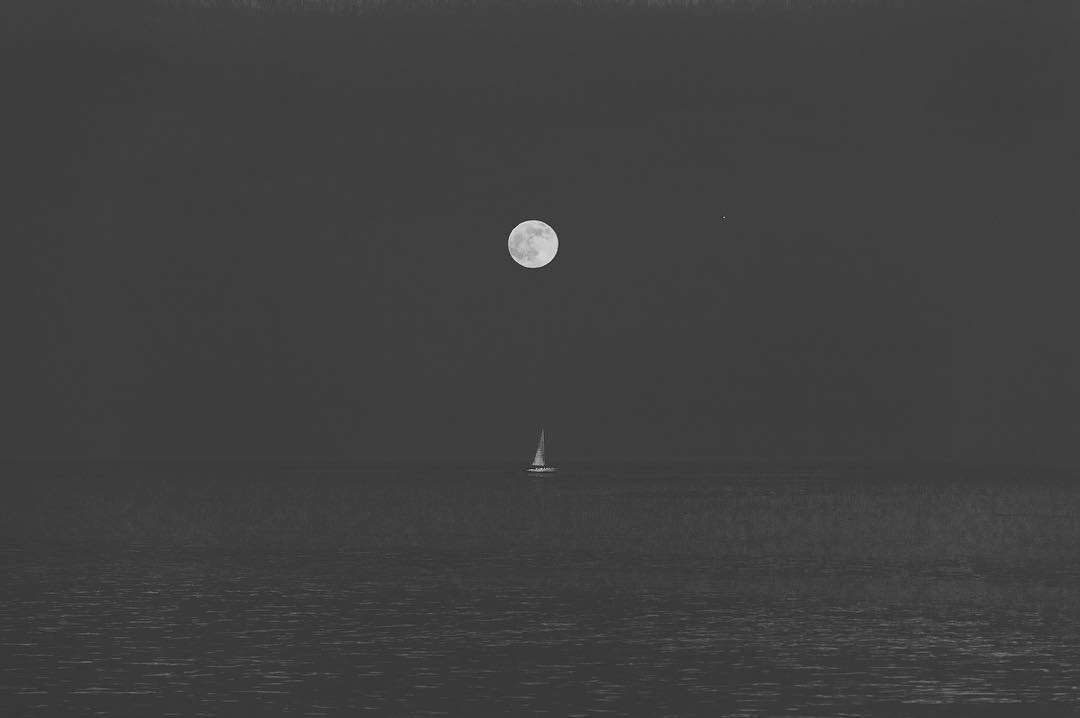
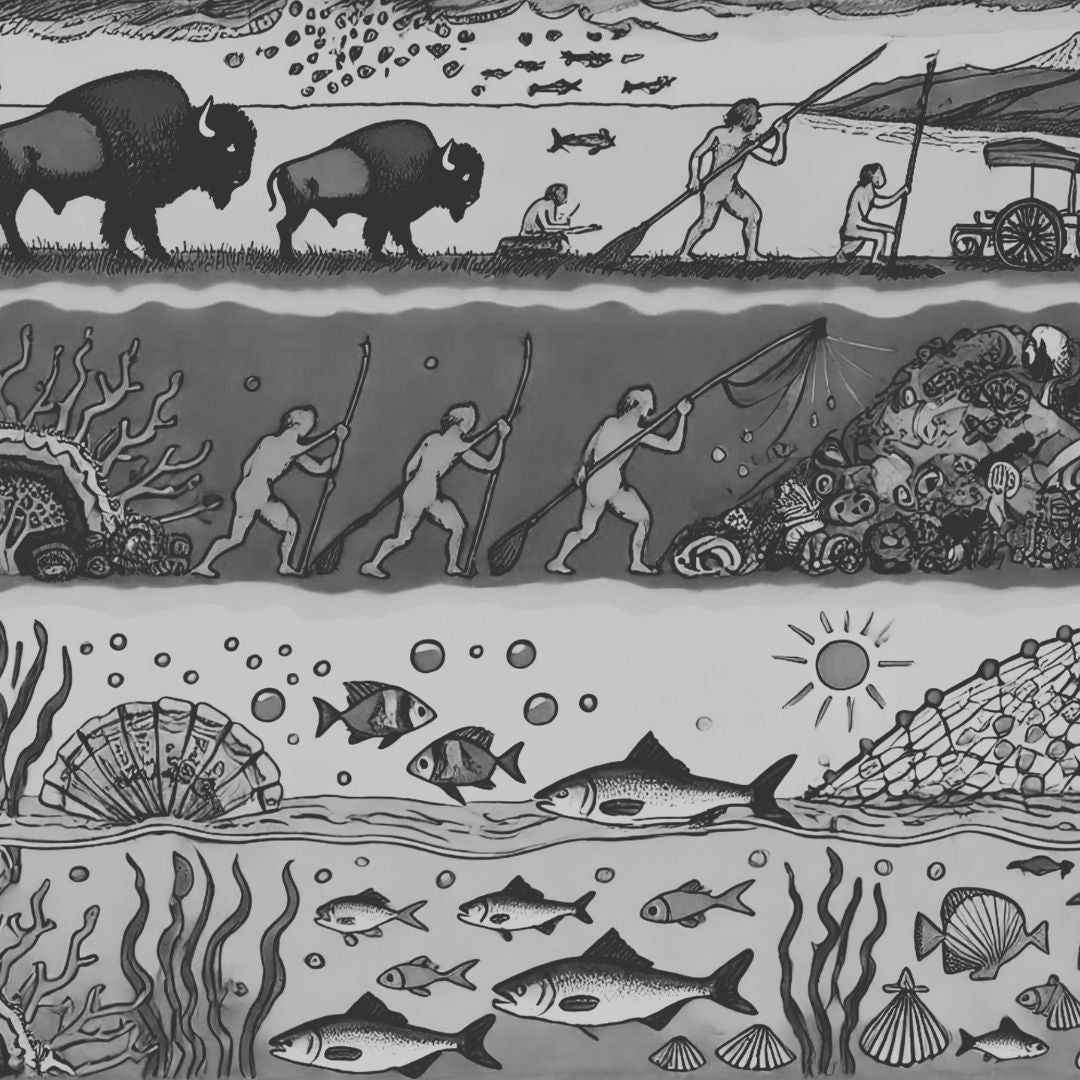
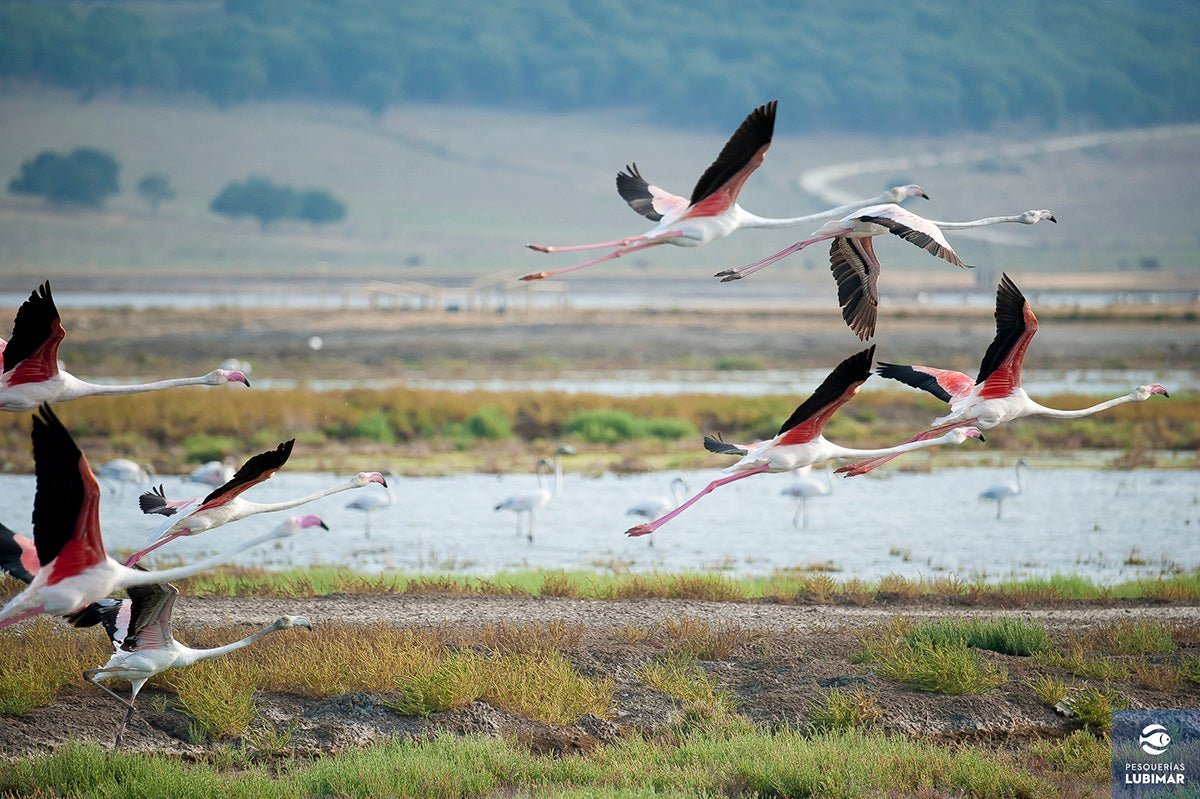
Share:
Nordic Blu Salmon Marinated in Tarragon and Mint w/ Braised Fennel & Green Zebra Tomato Sauce
Nordic Blu Salmon Fillets in Chraimeh Sauce